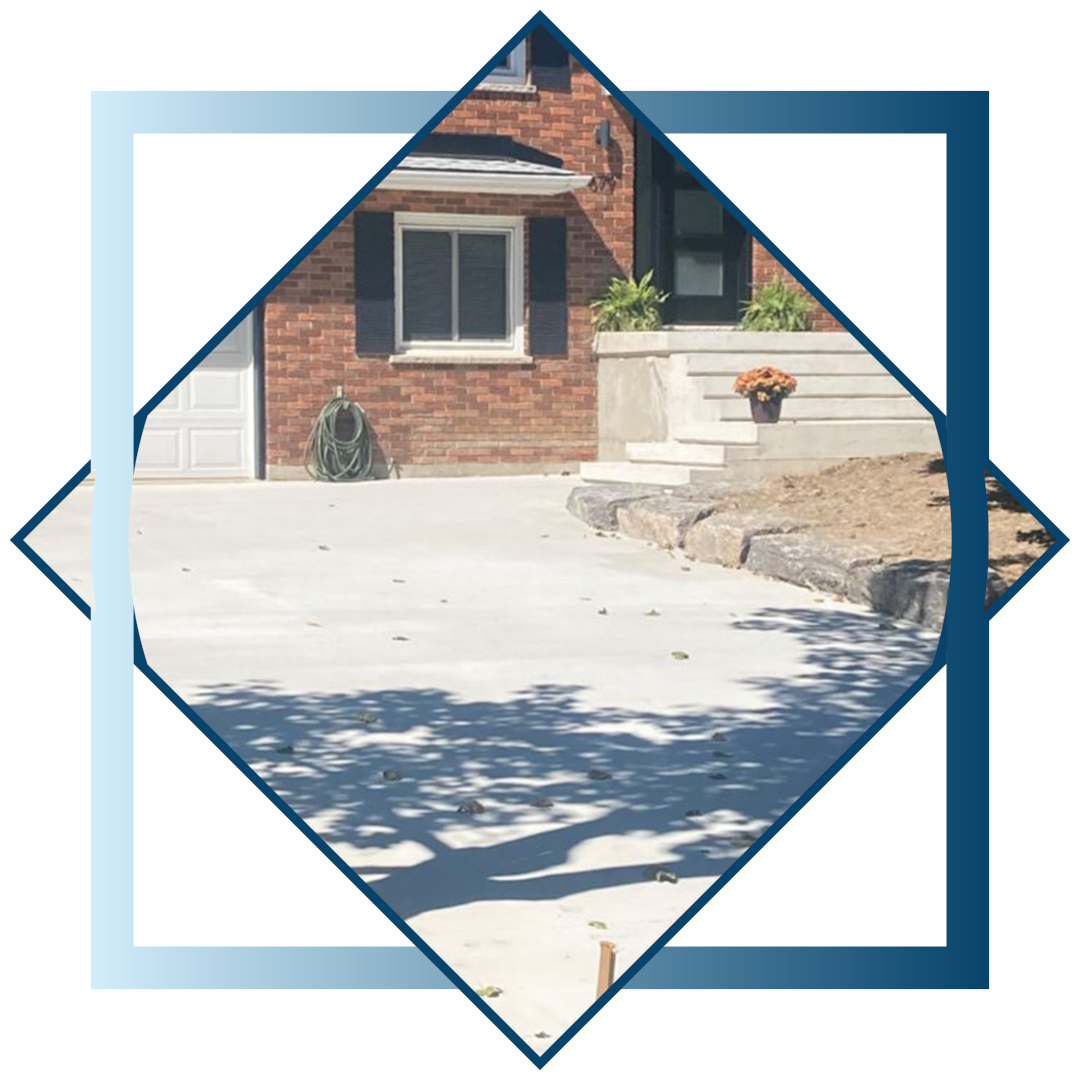Ordinary concrete is typically made by mixing OPC with water, in the visibility of penalty and coarse accumulations (e.g., sand and crushed rock bits). Concrete is described as a cementitious or hydraulic material that is composed of a not natural material (or a mix of not natural products) "that sets and solidifies by chemical reaction with water and can doing so under water" [2] According to ACI Concrete Terms [1], concrete is "any of a variety of materials that are capable of binding accumulated particles with each other." The paste is made from cement that hardens with water. Concrete paste consists of a solidified mix of hydration items, bound and free water, and perhaps other components and unreacted cement. As soon as in place, concrete deals a fantastic power performance over the lifetime of a structure. [106] Concrete wall surfaces leakage air much much less than those made of wood structures. [107] Air leakage make up a large portion of energy loss from a home.
Top Quality Need Of Admixture
Curves of size circulation (differential curves) for different types of cements are reported by [13] Nearly 95% of cement fragments have sizes smaller than 45 μm and https://sethwbaz765.hpage.com/post6.html their typical dimension has to do with 15 μm [12] Liu et al. [10] reported a fragment dimension of 13 mm for Type I cement by using a laser fragment size analyzer. The fragment dimension affects the response rate of cement hydration (see Area 1.3).
The model concerned considers the parameters that affect the carbonation process. In the study, an example is accomplished that permits us to see the version's applicability, which enables forecasting the depth of carbonation with high accuracy. Undersea and hydraulic concrete structures require periodic assessment because of the continuous water tons. Figuring out the moisture in the frameworks is very important since it guarantees the appropriate functioning of the structures. In [30], the writers recommended a method for identifying humidity based on percussion.
Why is concrete important?
If you are using feet as your standard device of measurement, this formula will certainly offer you the volume of concrete in cubic feet. Typical strength concrete. Normal stamina concrete, or & #x 201c; normal & #x 201d; concrete, is one of the most common sort of concrete with a basic mix of cement, aggregates, and water.Plain concrete.Lightweight concrete.Ready mix concrete.Polymer concrete.Glass concrete.Reinforced concrete. Concrete is a building product gotten by a mix of concrete, water, fine accumulation, and coarse accumulation. Concrete job is executed for monolithic structures or strengthened concrete frameworks and installations made of cement concrete.

In addition, concrete is slip-resistant and can be repainted with visible markings for safety. This is a step of the ratio of side strain to axial strain when a material is extended or compressed. Poisson's proportion can impact the overall stamina and security of concrete structures. Concrete is made up of three cornerstones - cement, aggregates, and water. Cement is the binding representative that holds the concrete together, while accumulations, such as sand and crushed rock, provide toughness and bulk. The healing procedure lasts 28 days, with the first 48 hours being one of the most critical.

Step 8 - Treating
Because this technique reuses scrubby road surfaces, it is both cost-efficient and environmentally friendly. Cement-modified dirt (CMS) is a mix of dirt, water, and a percentage of concrete. This produces a product that is less complicated to deal with and much less influenced by moisture contrasted to neglected dirt. A mix of accumulation and concrete with much less concrete than regular concrete, lean concrete base is made use of to create a solid base layer. Pervious concrete is a special type of concrete with huge openings that enables water to pass through, aiding in stormwater administration. Use pervious concrete is among the most effective Administration Practices recommended by the EPA and various other agencies for the administration of stormwater runoff.
Finishing, fixing, and quality assurance material also sets learners up for task success. Cement-stabilized soil (CSS) is a stronger mix of in situ soil, water, and extra cement than CMS. It causes a material with substantially increased tightness and toughness, along with providing all the advantages of CMS.
- This service turns pink when in contact with alkaline concrete, making it feasible to see the deepness of carbonation.
- Additionally, the product is also excellent for fireproofing other products like steel to be made use of in high-temperature applications quickly.
- This is a customized sort of concrete that has improved properties, such as high longevity, increased toughness, and resistance to severe temperatures and environmental conditions.
- For this reason, a lower w/c proportion might be made use of for high strength concrete, considering that a fraction of concrete bits will not be reached for complete reaction.
Waste materials can be included within the concrete mix such as Recycled Crushed Aggregate (RCA), Ground Granulated Blast-Furnace Slag (GGBS) and Pulverised Fuel Ash (PFA). Besides that, it consists of basic materials like concrete, water, and other accumulations conveniently offered in a lot of markets. In addition to its availability and inexpensive of resources, concrete is cheaper since it uses much more sturdiness and strength. Concrete joints offer an important objective in guaranteeing the architectural integrity and longevity of the material. Without correct joints, this thermal activity can cause uncontrolled cracking, compromising the general strength and appearance of the structure. Joints are purposefully put breaks in the concrete, allowing it to contract or broaden in a regulated way.